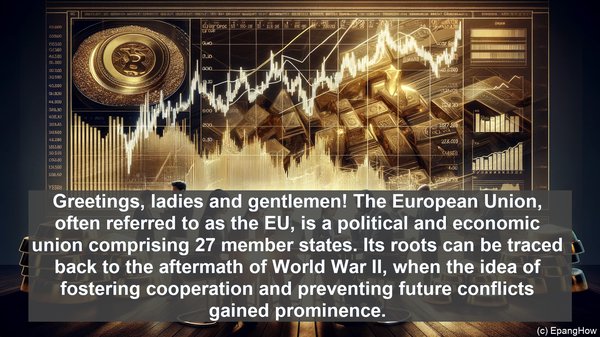Introduction: The European Union’s Vast Realm
Greetings, ladies and gentlemen! The European Union, often referred to as the EU, is a political and economic union comprising 27 member states. Its roots can be traced back to the aftermath of World War II, when the idea of fostering cooperation and preventing future conflicts gained prominence.
The Eurozone: A Monetary Union Within the EU
Within the EU, we have the Eurozone, which is a subset of member states that have adopted the Euro as their official currency. Currently, 19 out of the 27 EU member states are part of the Eurozone. The Euro, symbolized by €, is one of the world’s major currencies, facilitating trade and economic transactions within the Eurozone and beyond.

The European Union: Beyond the Monetary Aspect
While the Eurozone focuses primarily on monetary matters, the EU encompasses a broader spectrum. It aims to promote economic, social, and political integration among its member states. This entails harmonizing policies, fostering collaboration, and ensuring a level playing field for all, thereby enhancing the overall stability and prosperity of the region.
Membership: EU vs. Eurozone
Membership in the EU and the Eurozone is not synonymous. While all Eurozone countries are EU members, not all EU members are part of the Eurozone. For instance, countries like Sweden and Denmark, though EU members, have chosen to retain their national currencies and are not part of the Eurozone.

EU Policies: A Collective Endeavor
The EU formulates and implements policies that impact various spheres, including trade, agriculture, environment, and more. These policies are designed to ensure coherence, promote common objectives, and address challenges that transcend national boundaries. They are the result of extensive deliberation, involving input from member states, the European Parliament, and other stakeholders.
The Eurozone Crisis: A Test of Resilience
The Eurozone faced a significant challenge in the form of the financial crisis that unfolded in 2008. Several member states, burdened by debt and economic instability, faced severe repercussions. This crisis highlighted the need for stronger economic governance within the Eurozone, leading to the establishment of mechanisms like the European Stability Mechanism.
EU Governance: Balancing National Interests and Collective Goals
The EU operates on the principle of subsidiarity, which means that decisions are made at the most appropriate level, be it local, national, or supranational. While member states retain sovereignty, they also recognize the benefits of pooling resources and working together to address common challenges, such as migration, security, and climate change.
